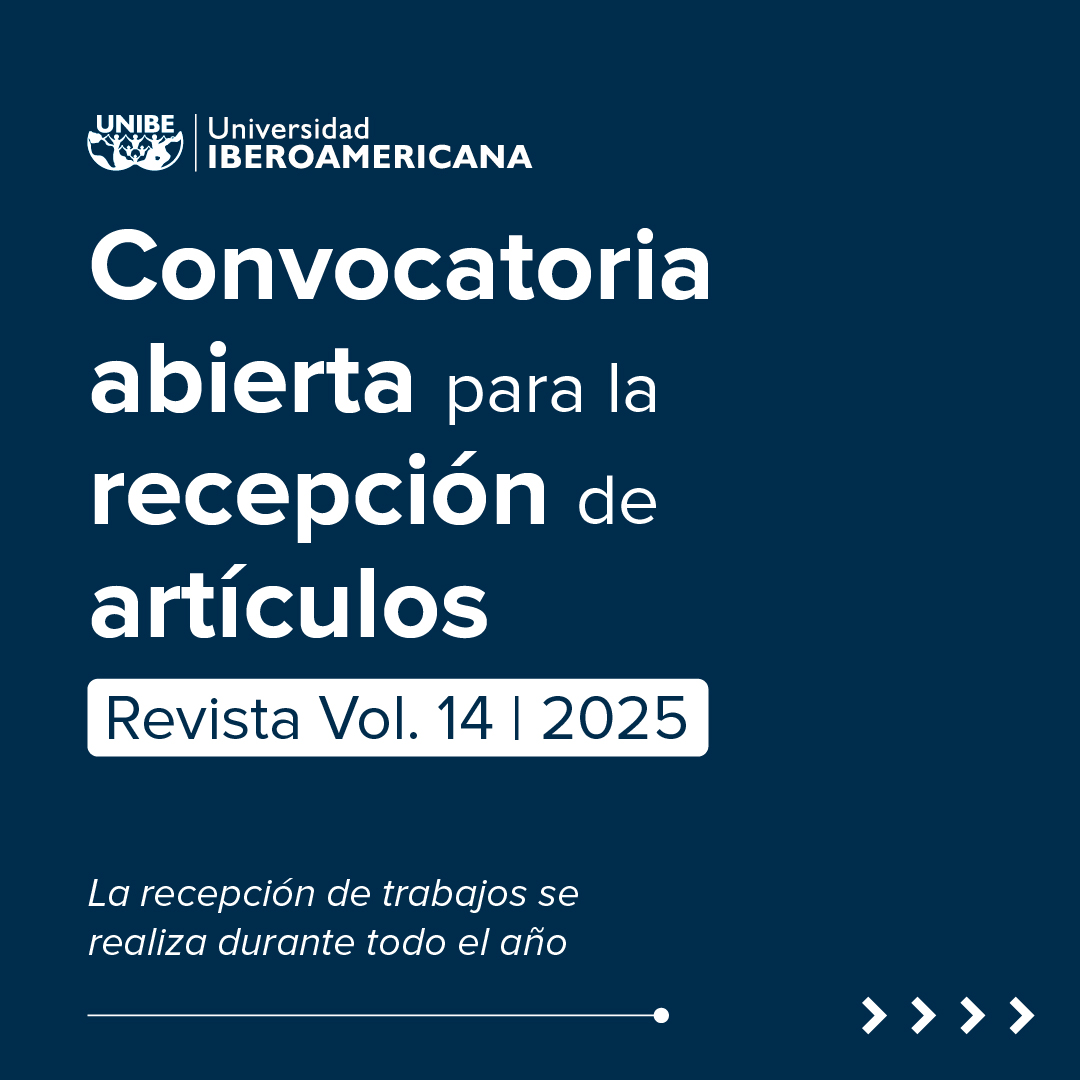Study of the crime of child pornography in the current paraguayan legislation within the international context in the pandemic
DOI:
https://doi.org/10.26885/rcei.12.2.89Keywords:
child pornography, punishable offenses, computer crimesAbstract
The objective of the work was to study the treatment of child pornography in current Paraguayan legislation. The article addressed the international context of pornography, the protection of children and adolescents in current Paraguayan legislation, the historical evolution of criminal prosecution of child pornography and the dogmatic characteristics of the punishable act of child pornography. In Paraguay. The national and international research was carried out using a non-experimental, bibliographic, documentary review type design. Its approach was descriptive legal since the research aimed to describe the regulation of child pornography in Paraguayan law. The data was collected from national and international secondary sources. There was a 300% increase in reports of child pornography to the Public Ministry between 2020 and 2021. It is necessary to control and regulate unrestricted access to the internet without supervision of whoever exercises parental authority as a typical element in order to control virtual friends and shared information traffic. The main conclusion was that the criminal offense is incomplete since the responsibility of parents or guardians for unsupervised exposure to the internet is not contemplated, which should be included in the criminal offense.
Downloads
References
Borondo, S. (17 de octubre de 2021). Si hablas con tus hijos de drogas y sexo, ¿por qué no sobre redes sociales? https://www.elcorreo.com/tecnologia/redes- sociales/hablas-hijos-drogas20211011122332-nt.html
Cacho, L. (2005). Los Demonios Del Edén. El poder que protege a la pornografía infantil. Editora Cegal.
Constitución de la República del Paraguay de 1992.
Ley N.°1167/1997, Código Penal Paraguayo.
Ley N.° 1680/2001, Código de la Niñez y la Adolescencia.
Ley N.° 3440/2008, Que modifica varias disposiciones de la Ley N.° 1160/97, Código Penal.
Ley N.° 4439/2011, Que modifica y amplía varios Artículos de la Ley N.° 1160/97 Código Penal.
Ley N.° 4439/2011, Que modifica y amplía varios Artículos de la Ley N.° 1160/97 Código Penal.
Ley N.° 7018/2022, De salud mental.
Ministerio Público. (sf). Hechos punibles contra Niños, Niñas y Adolescentes. https://trata.ministeriopublico.gov.py/index.php/seccion-internas/otros-hechos-punibles/noticias/hechos-punibles-contra-ninos-ninas-y-adolescentes#:~:text=300%25%20de%20Incremento%20en%20las,relaci%C3%B3n%20a%20los%20a%C3%B1os%20anteriores
Núñez, M. (2016). Pornografía infantil en internet. Revista jurídica. Investigación en Ciencias Jurídicas y Sociales, 6, 71-96. https://ojs.ministeriopublico.gov.py/index.php/rjmp/article/view/9
Ossa-Estrada, D. A., y Muñoz-Echeverri, I. F. (2017). Explotación sexual comercial de niños, niñas y adolescentes: significados y prácticas de trabajadores/as y residentes del centro de Medellín (Colombia), 2015. Salud Colectiva, 13(1), 19-34. https://doi.org/10.18294/sc.2017.1107
UNICEF, y Plan Internacional. (2021). Adolescentes y el uso de internet: resumen del estudio uso y riesgos en el uso de internet de adolescentes escolarizados de 12 y 17 años con enfoque de explotación sexual en línea. UNICEF.














